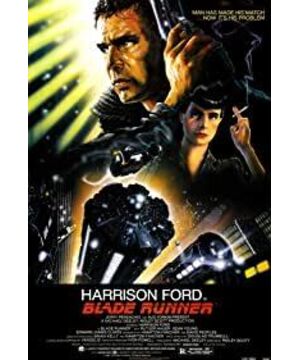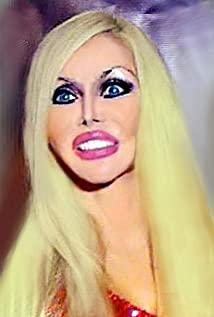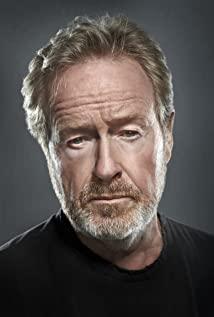The first time I watched "Blade Runner" when I watched it as popcorn when I was exhausted, I naturally fell asleep. Recently, due to some coincidence, I downloaded it again and watched it again. The look and feel changed greatly, so I wrote some thoughts. .
The most discussed content is whether the protagonist Dyke is a copy, then I will start from here. According to the experience of watching movies, when Rachel asked him "Have you ever killed a human by mistake?" "Have you tested it?" Live yourself?” It’s easy to understand that this is a hint of Dyke’s identity, not to mention that the paper-folded unicorn later appeared in Dyke’s dream, plus the opening of the ending. sex. These seem to be enough to show that Dyke's identity is a copy.
But from the perspective of expression, Ridley Scott is showing two possibilities, which form two narrative lines that intersect with Dyke respectively.
An inherent setting at the beginning is that duplicators lack emotional cognition and they cannot achieve empathy. They only have a life span of four years, and naturally only have four years of memory. Under this premise, duplicators cannot be equal to humans. This is why the identity can be verified through testing.
So the first possibility is that the director gave Rachel, that is, the copy has a memory and a complete self-awareness. At this time, is she Rachel or Terry's niece? Did you kill Rachel or Terry's niece?
However, the focus of the movie is on the second possibility, which is to copy the human awakening process of the boss Roy. At first, he returned to Earth only to find the Creator and try to extend his life. In this process, we can see his emotions towards female clones. This is the germination of human nature. The desire to extend his life is also a manifestation of human nature. . Duplicates are already far superior to humans in terms of intelligence and physical strength. When they have the ability to affect and love, then how to distinguish between humans and duplicates at this time?
After Roy killed the Creator, he had a final duel with Dyke in Sebastian’s apartment (it was not a duel, Dyke was in a situation of being played with), and it took nearly half an hour to watch the scene. It seems to be for the completion of the type, but in fact it has been given a symbolic nature. Roy is here to judge human beings as a god, and Dyke is also a microcosm of the entire human race here. The identities of the pursuer and the pursued are interchanged. At this time, Dyke felt the same fear, despair and fate.
In the end, Roy rescued Dyke on the top of the building. At this time, the front and back fight presented Roy at an elevation angle, and Dyke was presented at a low angle. This can be understood as the perspective of God, and Roy goes a step further. With this reversal, the transcendence completely sublimated the theme, that scene was even detached from reality, because we don’t know where the white dove that was released, symbolizing humanity and freedom came from, and Roy released the white dove. At the moment when the pigeon was dying, he was endowed with divinity, and the ethical dilemma that the film wanted to show was maximized.
Of course, the prerequisite for this ethics is that Dyke must be a human being, opposed to copying people, and at the same time, it is in contrast to put forward what is a human, and thus what is the ultimate torture of human nature. Dyke only plays a role of contrast and concatenation. , Scott is an anti-hero, because he is likely to talk about clones themselves, and they are the protagonists.
I have also seen a lot of arguments about Dyke being a copy, and it is not unreasonable. Maybe the existence of this kind of heterogeneity is a necessary condition for a work to become a masterpiece.
What I like most about "Blade Runner" is photography. In addition to the neon aesthetics and Asian cultural background, indoor photography is also worth mentioning. First of all, it violates the traditional Hollywood three-point lighting method and does not use the main light. Supplementary light creates a B-level film texture, which fits well with some cult elements in the movie and the overall black tone. At the same time, it magnifies the background light (even stronger than the main light source) to highlight the depth of space and the sense of light.
Almost all indoor dramas have added the image of blinds. Light often hits the faces of characters through blinds, and some searchlight-like lights are in a shaking state. This is also created in this movie that does not pursue fast lens movement and fast editing. An atmosphere of threat and anxiety.
The output and strong prophecy of "Blade Runner" sci-fi view have been more and more affirmed with the passage of time, and its aesthetic construction and director's control of space and images are also unavailable in today's 3D and other technical special effects. . So I recently reviewed it and added the score to four stars. In time, when I look at it again, it might be changed to five stars. After all, humans will eventually see warships burning on the edge of the Orion constellation.
View more about Blade Runner reviews











